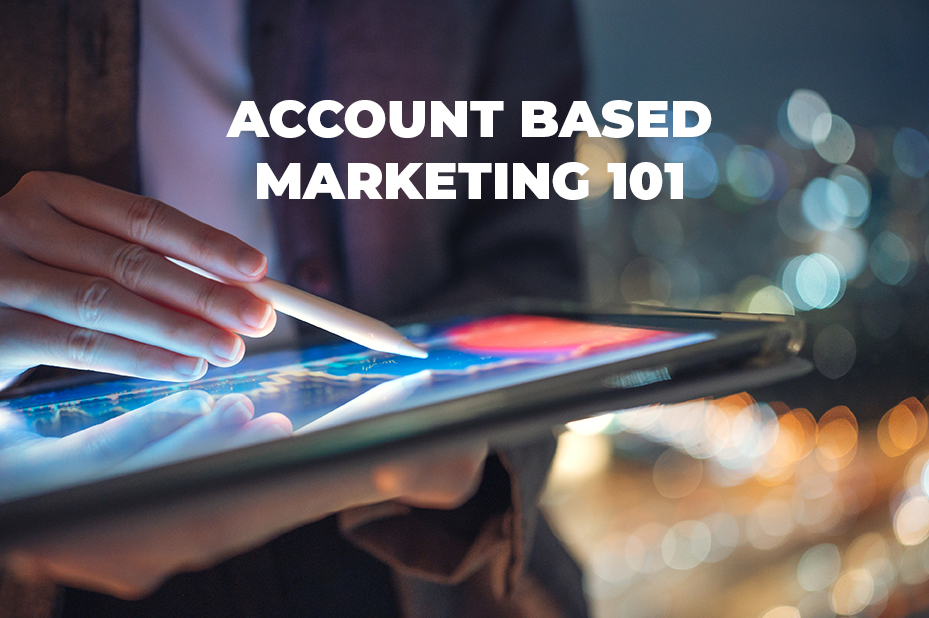Pardon me, but what in the world is Account Based Marketing (ABM), and why should I use it?
Excellent question and follow-up question. We’re glad you asked!
Account Based Marketing (let’s just call it ABM going forward) is a marketing strategy that focuses on identifying key high-value accounts, and creating personalized buying experiences tailored to their specific needs. This helps build and nurture all the right relationships to ensure no one wastes their time, resources, or energy on unfruitful, one-sided interactions.
In a way, ABM is not so different from any kind of valued relationship. Imagine you’d like to host a cozy gathering with close friends. Instead of casting a super-wide net and inviting everyone in favour of numbers (or using a net to wrangle guests, which we don’t recommend), ABM is like sending out personally customized invites to those friends who matter most, and who, in turn, get the most out of your friendship.
With ABM, you’re focusing your energy on those specific, high-value accounts (much like you’d be doing with your closest friends) and tailoring your efforts to their unique needs and preferences. It’s about building meaningful relationships, understanding their challenges, and offering solutions that resonate with them personally.
To do this effectively, though – and we cannot stress this enough – you’re really going to have to get to know your potential markets, like, really, specifically, know exactly who you’re speaking to and who makes up your audience.
“CRM (Customer Relationship Management) is an absolute must for keeping track of prospect interactions and aligning with the sales team,” says Phil Tremblay, a decorated Digital Media Director who currently works at *checks notes* 10|20 Marketing!
This is essentially a preliminary or prep phase, where you’ll need to gather and analyze all kinds of data to glean insights into which accounts you’d like to work with based on their needs and the solutions you can offer them.
“Some of the tools we use for this include Contact Data Platforms (like ZoomInfo or Apollo) to identify and build a list of target prospects and gather relevant info, and then sometimes more advanced predictive modeling tools, like 6sense,” Phil explains.
All this helps to narrow down the pool of people who can most benefit from your offerings. After that, you’ll focus your resources on treating individual accounts as markets themselves and creating marketing plans that speak to them accordingly.
“The other thing about ABM is it can also be used with existing clients to build stronger relationships and upsell opportunities,” Phil points out. “It won’t necessarily shorten the sales cycle, but it can yield a higher return on investment.”
And this part is so key: So many of us have been conditioned to expect immediate results when, realistically, things that happen that fast often come at the expense of quality.
So, with that in mind, here’s another way to picture ABM: Think of it like an artisanal approach to marketing – creating individualized, non-cookie-cutter experiences that leave a lasting impression because of how well they address the needs and innermost values of that specific account. This allows you to focus on the quality of interactions rather than quantity, fostering a warm and genuine connection with each account and creating something truly unique and wonderful.
It might take slightly longer at first, but we can all agree the results in these cases (think: Artisanal bread! Artisanal chocolate!) are way more delicious. Plus, the process becomes an end in itself.
Marketing is never just about selling a product or service. Much like nurturing any relationship, it’s a dynamic, evolving process. And when the business-customer relationship is a solid one, sales often follow.
We hope we’ve answered all your burning ABM-related questions and follow-up questions! Are you ready to try ABM for yourself or step up your marketing game? Contact us today to discuss how we can help you convert your customer experiences into lasting relationships.

